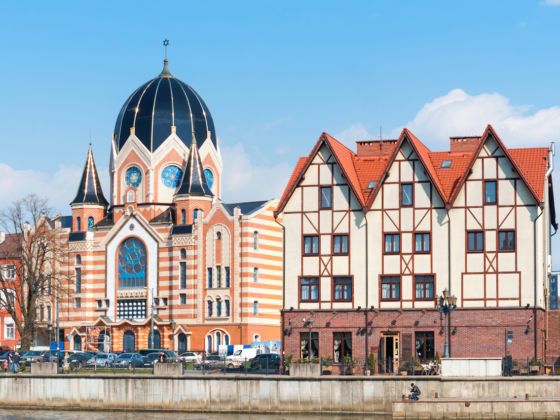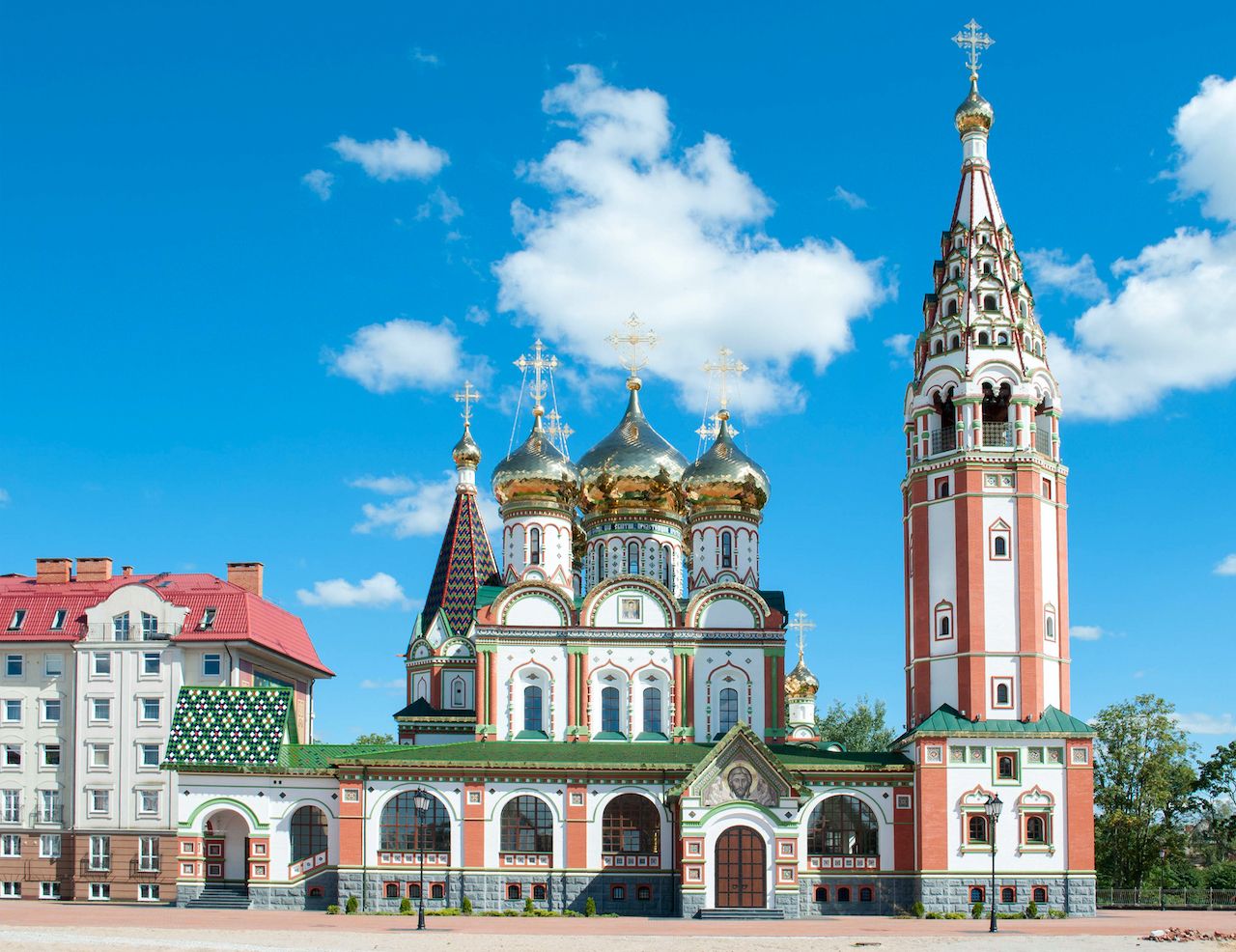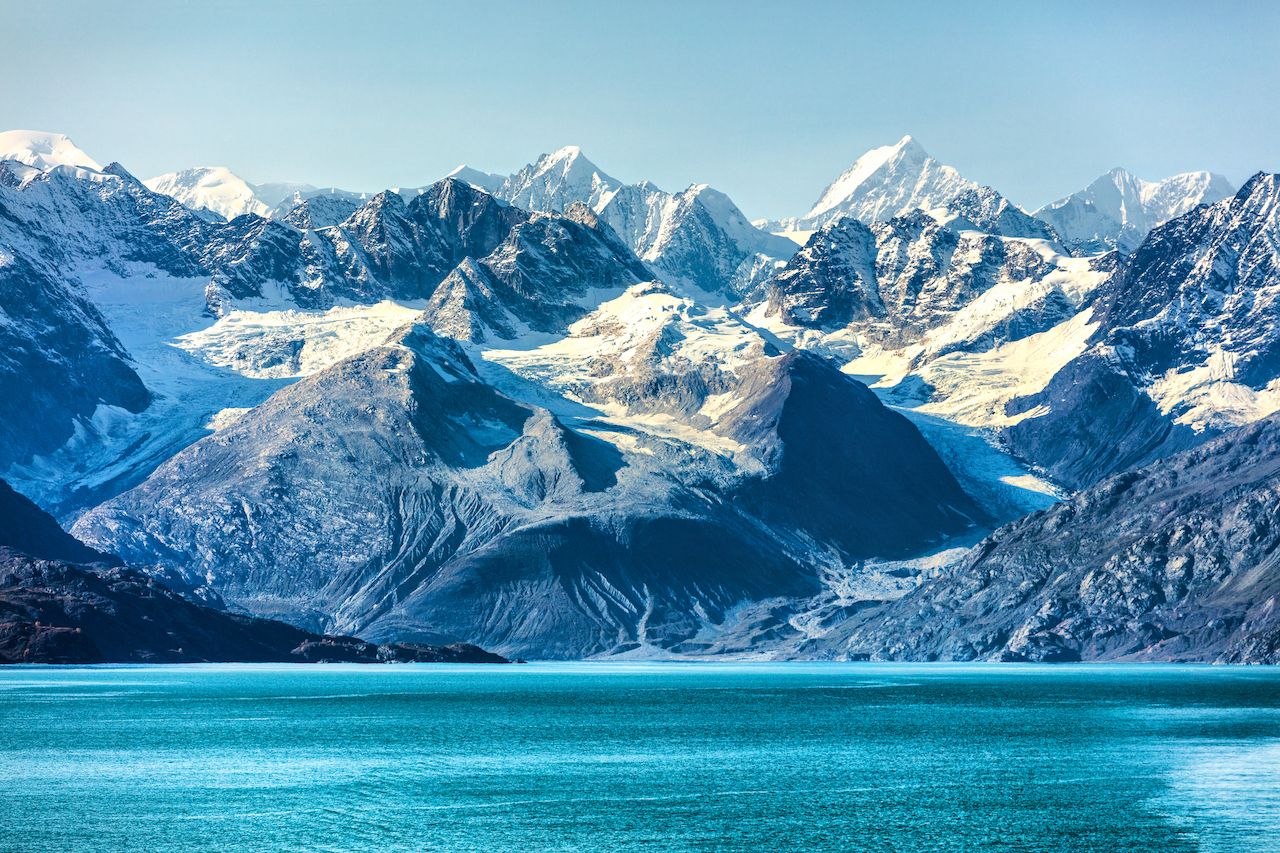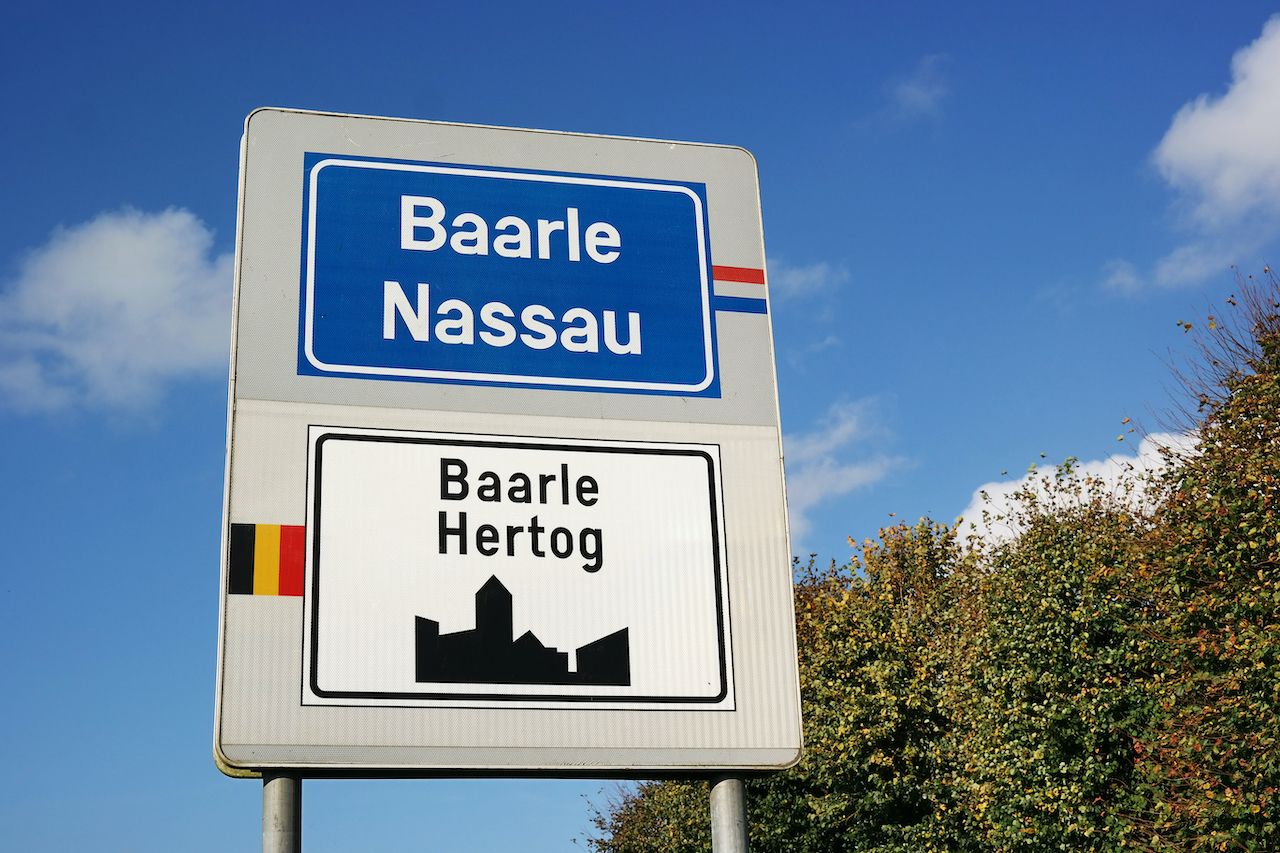National borders are there for a reason. They’re supposed to delineate where one country ends and another begins, organizing the world into hundreds of puzzle pieces that fit neatly together. But sometimes borders aren’t so neat. Military conflict and political treaties can often cause boundaries to shift in surprising ways, resulting in separate territories called exclaves.
Geographically disconnected from their parent country — often by hundreds of miles and surrounded by other sovereign nations — exclaves are nonetheless part of that nation, retaining legal and cultural similarities. By virtue of their unique geographic separation, however, there are also some striking differences between the exclave and parent nation.
Visiting an exclave can be a fascinating way to get a different perspective on a country. There are dozens of exclaves around the world, each with their own complex story, but these are the ones travelers should keep on their radar.





